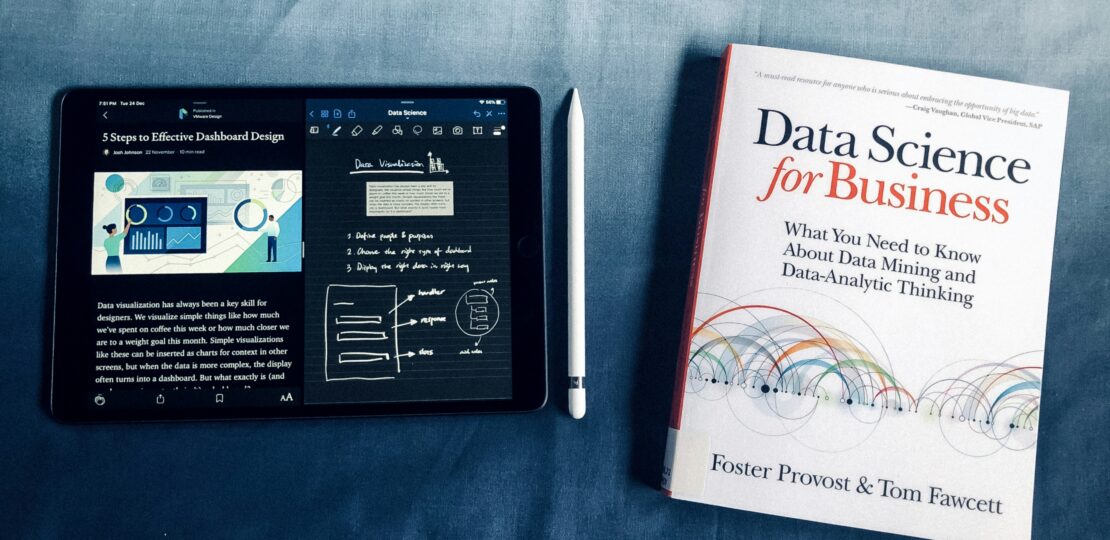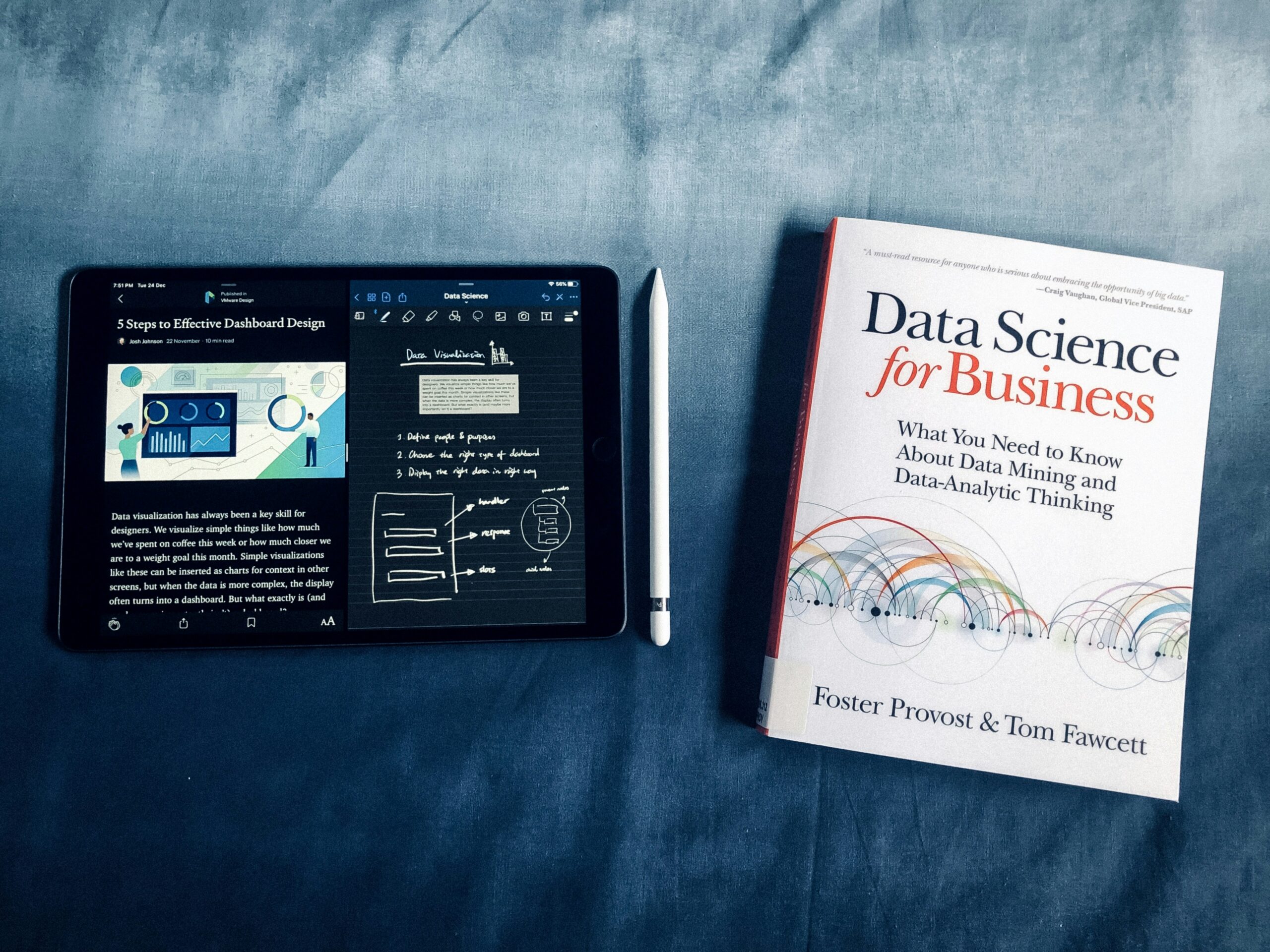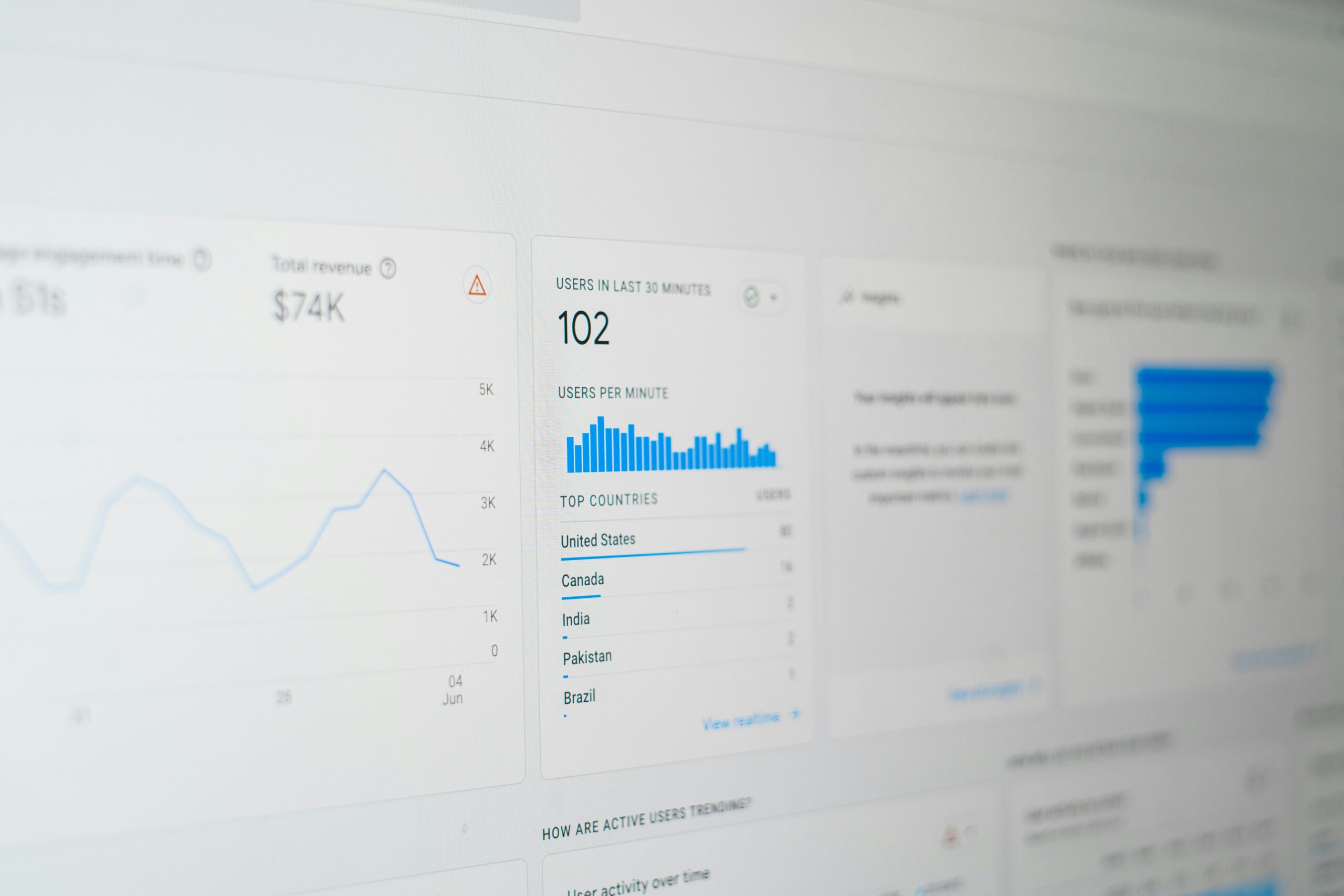Centralize Data for Smarter Business Decisions
October 22, 2025 | by qqvmedia.com


The Importance of Data Centralization
In the contemporary business landscape, the importance of data centralization cannot be overstated. As organizations accumulate vast volumes of data from various sources, consolidating this information into a single, coherent platform becomes crucial. Data centralization entails the integration of customer, sales, and inventory data, facilitating a more comprehensive understanding of market dynamics and consumer behavior. This holistic view empowers businesses to derive actionable insights that can propel growth and enhance operational efficiency.
One of the primary advantages of centralizing data is the improved efficiency in accessing and analyzing information. When data is scattered across multiple systems, employees may struggle to obtain the relevant information needed for decision-making. By centralizing data, businesses streamline processes, reduce redundancies, and enhance productivity. This can lead to timely decisions backed by accurate and up-to-date information, ultimately fostering a more agile organizational structure. Furthermore, centralization minimizes the risks associated with data silos, where departments might operate independently, leading to inconsistencies and potential miscommunications.
Another critical aspect of data centralization is its ability to enhance informed decision-making. With integrated data at their fingertips, decision-makers can analyze patterns, trends, and performance metrics effectively. This level of insight is particularly relevant in fast-paced environments where market conditions can change rapidly. A centralized approach allows organizations to respond swiftly to customer demands and emerging opportunities, ensuring they remain competitive in their respective industries. Additionally, this agility can significantly reduce the time spent on data gathering, freeing up resources for strategic initiatives and innovation.
Ultimately, the importance of data centralization lies in its capacity to support smarter business decisions. By consolidating data into a unified platform, companies can harness the full potential of their information, paving the way for sustainable growth and enhanced customer satisfaction.
Creating a Unified Data Platform
Establishing a unified data platform is essential in today’s business environment, where data is often siloed across different departments. By integrating a robust Customer Relationship Management (CRM) system with an analytics dashboard, organizations can create a centralized repository that consolidates information from various sources. This approach not only streamlines data management but also provides a comprehensive view of customer interactions and business performance.
The first step in creating this unified platform involves identifying and gathering data from multiple sources within the organization. These sources may include marketing platforms, sales databases, customer service systems, and external data feeds. Once identified, the next phase is to systematically integrate this data into the CRM system. Using data integration tools, businesses can automate the process of data ingestion, ensuring that information is consistently updated and accurate across all platforms.
One of the primary benefits of a unified data platform is the establishment of a single source of truth. This means that all stakeholders, from executives to frontline employees, have access to the same data and insights, reducing discrepancies and enhancing collaboration. Enhanced visibility into customer behaviors and business metrics enables teams to make more informed decisions, tailor marketing strategies, and improve customer service. Furthermore, the integration of the analytics dashboard provides real-time insights and interactive visualizations, allowing users to identify trends and patterns quickly.
Moreover, this integrated approach fosters a data-driven culture within the organization. Employees become accustomed to relying on data for their decisions, which contributes to more strategic planning and effective resource allocation. As businesses aspire to become more agile and responsive to market changes, a unified data platform serves as a critical foundation for continuous improvement and innovation. By embracing this model, organizations can not only enhance their operational efficiency but also achieve smarter business outcomes.
Tracking and Measuring Key Performance Indicators (KPIs)
Tracking and measuring Key Performance Indicators (KPIs) is essential for any business aiming to make informed decisions and enhance its operational performance. KPIs provide quantifiable metrics that help organizations assess their success against their strategic goals. Among the most critical KPIs are customer lifetime value, sales performance, and inventory levels. These indicators not only offer insights into the current state of business operations but also help predict future performance.
Utilizing an integrated dashboard is an effective strategy for businesses to visualize and analyze these vital metrics. Such dashboards consolidate information from various sources into one accessible platform, enabling real-time tracking of KPI performance. This centralization of data allows for quicker and more informed decision-making. Business leaders can easily identify trends, monitor progress, and determine areas requiring improvement. For instance, tracking sales performance through an integrated dashboard can reveal seasonal trends and customer preferences, equipping businesses with the information needed to adjust their sales strategies accordingly.
Furthermore, the role of KPIs in strategic decision-making cannot be understated. By providing clear and measurable data, KPIs inform business strategies based on data analytics. Organizations can assess where to allocate resources more effectively, identify opportunities for growth, and streamline operations. For example, understanding customer lifetime value helps businesses tailor their marketing efforts to enhance customer retention and maximize profitability. In contrast, metrics related to inventory levels are crucial for optimizing stock management and reducing costs.
In summary, tracking and measuring KPIs is instrumental in guiding businesses toward smarter decision-making. By leveraging integrated dashboards, organizations can easily visualize and analyze these important metrics, which ultimately inform and refine their strategic initiatives.
Automating Data Syncing and Setting Up Real-Time Alerts
In today’s fast-paced business environment, the ability to make informed decisions hinges significantly on the accuracy and timeliness of data. Automating data syncing across various sales channels has emerged as a crucial strategy for ensuring that organizations have access to real-time, accurate information. The continuous flow of updated data removes the reliance on manual input and minimizes the risk of human error, facilitating smoother operations across multiple platforms.
Furthermore, automating data syncing allows businesses to present a unified view of their operations. Whether it involves inventory levels, customer orders, or sales performance metrics, automated systems ensure that all stakeholders work with the same information, enhancing cooperation and reducing misunderstandings. Real-time data synchronization also enables businesses to respond swiftly to market changes or operational issues, reinforcing the importance of agility in today’s market landscape.
In addition to automating data syncing, implementing real-time alerts for stock or performance anomalies plays an essential role in business intelligence. These alerts allow organizations to monitor key performance indicators continuously, ensuring that any irregularities are promptly identified. For instance, if stock levels fall below a specified threshold or if sales figures exceed expected ranges, alerts can be triggered to notify relevant personnel. This proactive measure facilitates immediate corrective actions, minimizing potential disruption and loss.
By automating data syncing and establishing real-time alerts, businesses position themselves to mitigate risks effectively while capitalizing on emerging opportunities. In an ever-evolving commercial landscape, these proactive measures not only enhance operational efficiency but also empower organizations to make smarter business decisions grounded in accurate and timely data. Embracing these strategies ultimately fosters resilience and competitiveness within the marketplace.
RELATED POSTS
View all


